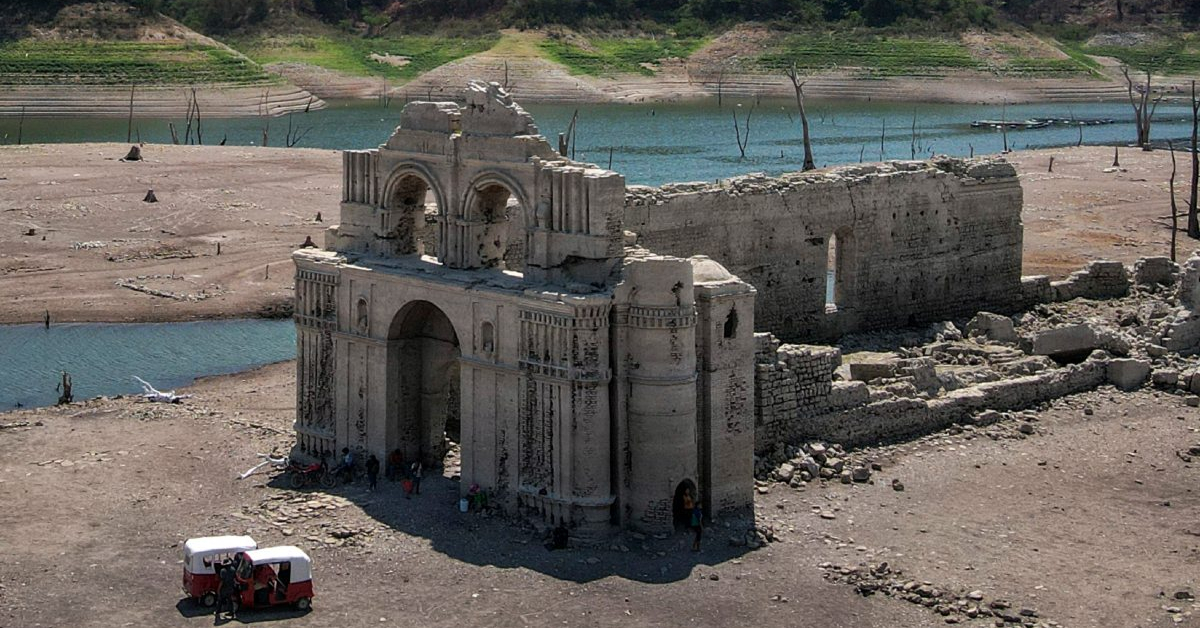Puerto Vallarta (PVDN) - Amidst severe drought devastating various regions of Mexico, the Nezahualcóyotl Dam in Chiapas, the country's seventh largest, is currently at a mere 29% of its capacity. This dire situation, however, has unveiled an awe-inspiring archaeological spectacle - the church of Santiago.
Submerged for the majority of the past 59 years, this historic church of the old town of Quechula, municipality of Tecpatán, has emerged in all its glory, marking only the second instance of such occurrence since the dam's construction in 1964.
Roberto Ramos Maza, president of the . . .






